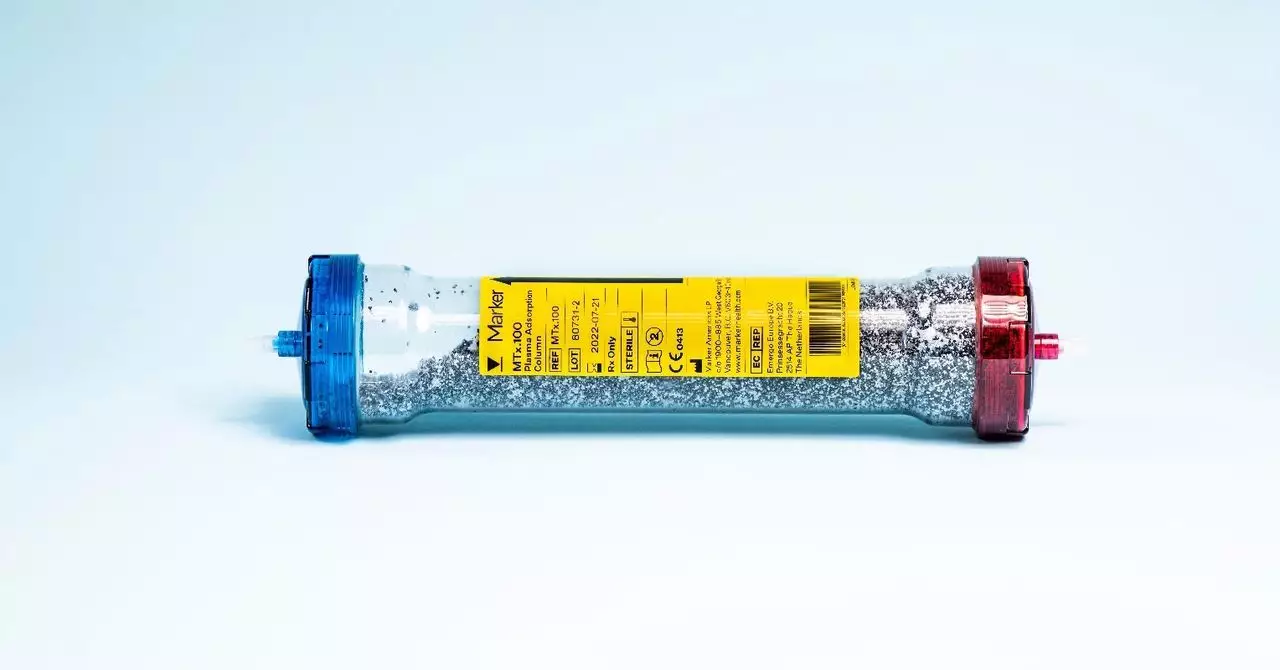In our contemporary environment, the relentless infiltration of microplastics has become an alarming and undeniable reality. They have been discovered in the most unexpected and pristine places, from the towering heights of Mount Everest to the deepest recesses of the Mariana Trench. These minuscule fragments of plastic are not confined to the ozone-polluted cities or the bustling highways; rather, they invade the untainted realms of Antarctic snow and even the serene clouds overhead.
As researcher portfolios expand, evidence reveals that the presence of microplastics permeates various life forms. They have been found in a spectrum of organisms, from plankton to majestic whales, and even extend to livestock and avian species. Closer to home, studies show that microplastics infiltrate our very bodies—showing up in breast milk, fecal matter, and, disturbingly, in human blood samples, including my own. This encapsulates a growing concern that the modern human experience is not merely one of environmental degradation but also one marked by a profound internal crisis of contamination.
The Commercialization of Cleanliness
The emergence of clinics such as Clarify Clinics in London signals a shift toward a commodified solution to this pervasive problem. For a staggering price of £9,750 ($12,636), individuals can undergo a blood purification treatment aimed at removing microplastics and other synthetic toxins from their bloodstream. In a culture where cleanliness is equated with health and vitality, such services appeal to those desperate for relief from a myriad of conditions—chronic fatigue, brain fog, or the lingering effects of long Covid.
While the procedure seems innocuous, involving the filtration of blood plasma to extract contaminants, it raises ethical questions about healthcare practices and the commercialization of health solutions. Is offering such expensive “cures” an act of exploitation, or a genuine attempt to assist a society increasingly aware of its fragile health? The paradox lies in the fact that this lucrative service offers promises grounded in uncertainty—as the science surrounding microplastics remains inconclusive.
The Flawed Science of Microplastics
Despite the proliferation of studies documenting the ubiquity of microplastics, their definitive impact on human health is still largely uncharted territory. The World Health Organization (WHO) has expressed caution, indicating that there is insufficient evidence to determine whether microplastics pose a significant risk to human health. This ambiguity transforms the act of seeking treatment into a gamble, where hope collides with the limits of scientific evidence.
The contention remains that while some research has identified associations between microplastics and cellular damage, there is still a glaring gap in terms of clinical outcomes. The statement that “the dose makes the poison,” articulated by environmental researcher Frederic Bén, complicates our understanding. It emphasizes the need for rigorous quantification of exposure rather than mere presence—an aspect that is, unfortunately, overlooked by many studies.
Health Implications Yet to Be Fully Realized
Recent studies illustrate the ominous potential ramifications of microplastic presence within our bodies, particularly in the context of cardiovascular health. Research unveiled in 2024 indicated that individuals with microplastics lodged in the fatty plaques of their carotid arteries faced a heightened risk of serious cardiovascular events, such as heart attacks and strokes. This revelation adds a layer of urgency to the discourse surrounding microplastics, leaving us grappling with the implications of our modern lifestyles—are we unwittingly endangering our health through everyday choices?
Amid the graphical imagery of microplastics in human tissues and our food supply, the reality remains chilling: we live in an age where the byproducts of our convenience and consumption are not merely external pollutants but internalized toxins. Balancing the quest for solutions with the precariousness of our current understanding of health and safety should incite a collective reassessment of our attitudes toward plastics, consumption, and ultimately, our definitions of health in an increasingly contaminated world.
In this multifaceted struggle against an insidious adversary, we must cultivate curiosity alongside caution. As individuals navigate the murky waters of health, the onus lies not only on scientific inquiry but also on societal introspection—questioning the systems that prioritize convenience over health, leading us into an uncertain future riddled with microplastics.

